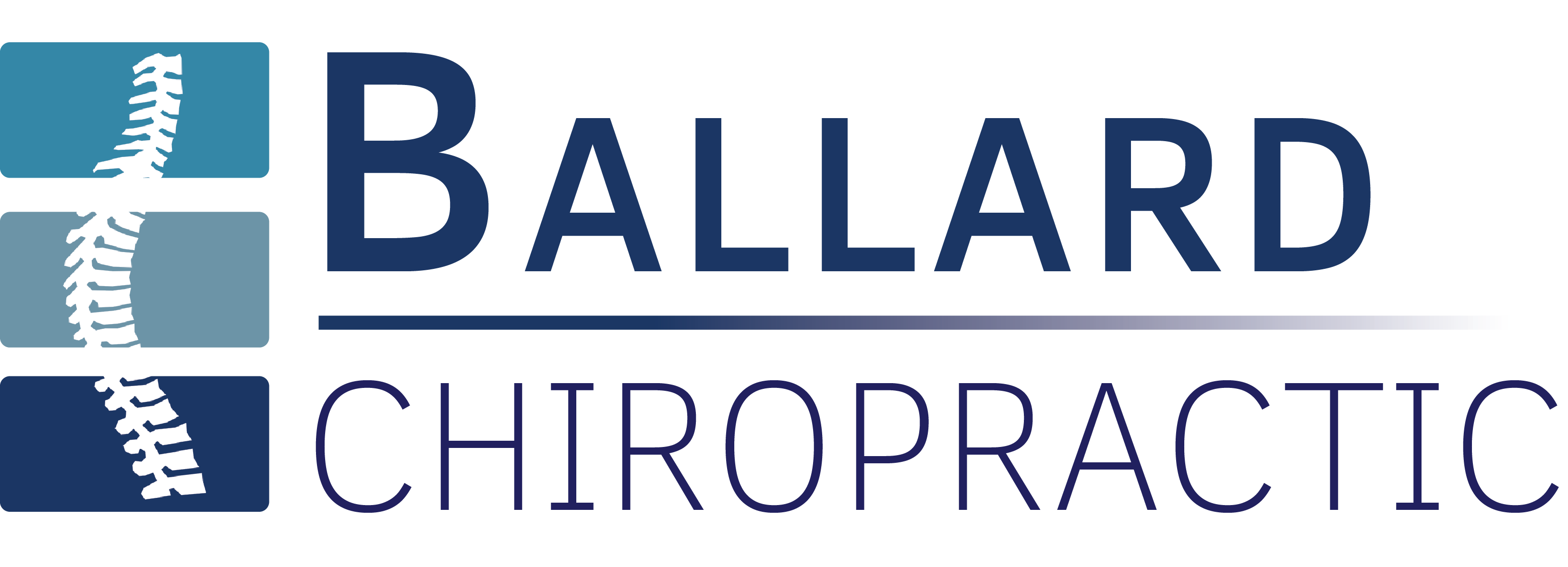Sciatica is characterized by pain that originates in the lower back or buttock and travels into one or both legs. Sciatic nerve pain varies in intensity and frequency; minimal, moderate, severe and occasional, intermittent, frequent, or constant.
Pain is described as dull, achy, sharp, and as pins and needles or similar to electric shocks. Other symptoms associated with sciatica include burning, numbness, and tingling sensations. Sciatica is also called radiating or referred pain, neuropathy, or neuralgia. A misconception is that sciatica is a disorder—however, sciatica is really a symptom of a disorder.
Sciatica is generally caused by sciatic nerve compression. Disorders known to cause sciatic nerve pain include lumbar spine subluxations (misaligned vertebral body/ies), herniated or bulging discs (slipped discs), pregnancy and childbirth, tumors, and non-spinal disorders such as diabetes, constipation, or sitting on one’s back pocket wallet.
